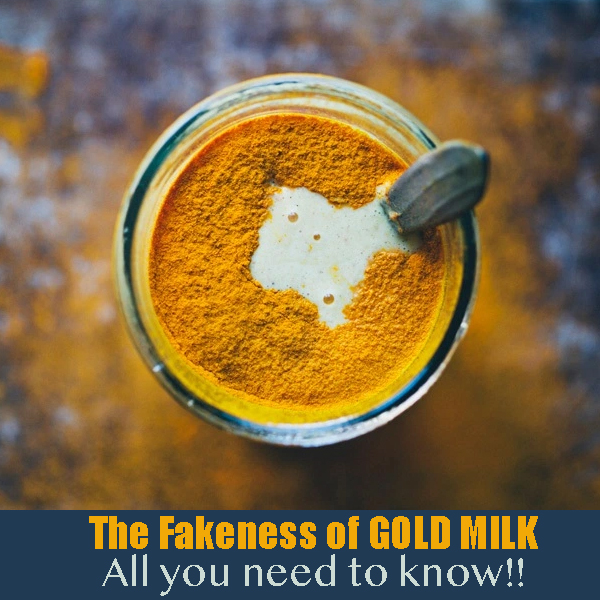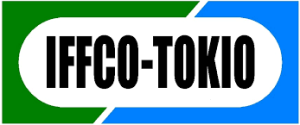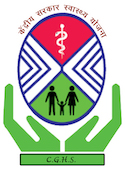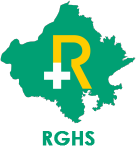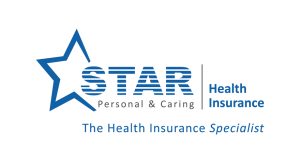Ayurvedic Treatment of Ankylosing Spondylitis
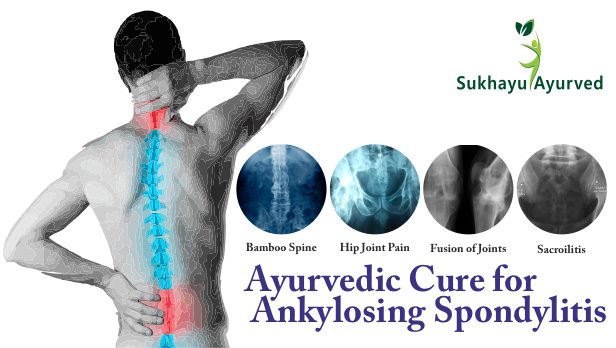
When you come to know about the diagnosis of Ankylosing spondylitis, the biggest trauma is- the information floating on the internet. The information about Ankylosing spondylitis makes you believe that now you will have to face the complete disability ahead. As a clinician, I have witnessed this fear in every patient’s eyes. But it is not true. With Ayurvedic treatment of Ankylosing spondylitis, we at Sukhayu can make sure a healthy, pain-free life and can ensure you that your joints won’t fuse and you will remain active. Here I will discuss all aspects of the Ayurvedic treatment for Ankylosing spondylitis and along with this, will give an overview of the disease too, side by side.
Likewise, any treatment, Ankylosing spondylitis treatment in Ayurveda is according to Doshas and Dhatus. This will also give you an overview- why do you need to opt for intensive care Panchakarma with us and how ayurvedic medicines will heal your ankylosing spondylitis.
Before anything we need to understand- what does Ayurveda has to offer to you with the treatment of AS!
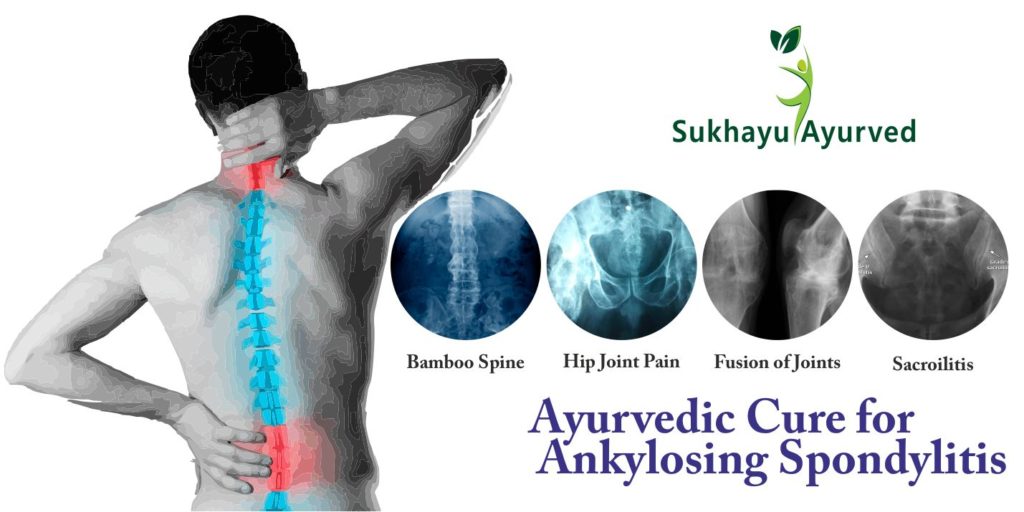
What to expect from Ayurvedic treatment of Ankylosing Spondylitis?
The challenges with Ankylosing spondylitis are big. These are beyond the spine and hip joint alone. There are many things that your AS can offer to you as complications. The main things that Ankylosing spondylitis treatment in Ayurveda can help you with, are here-
- Ayurvedic treatment of AS will help you to stop the progress of the disease, even though you have HLAB27 gene with you.
- You can avoid fusion of the joints due to AS.
- Ayurveda treatment can certainly assist you with fusion of joints too, even you have fusion of hip joint because of AS, you can lead to a normal life.
- Ayurvedic treatment can make sure that you can surpass all possible complications of the ankylosing spondylitis.
- Psoriasis, ulcerative colitis or anything associated with ankylosis will cure itself without any complication with Ayurvedic treatment.
- Ayurveda ensures your quality of life.
- No SIDE-EFFECTS and no HARMFUL-IMPACT of medicines.
These all results are possible because Ayurveda understands the complete pathological process of the disease. Once you know how to interfere in the process of the disease, you can easily halt and even reverse the disease. Yes, it can be Ankylosing spondylitis.
Doshas regulate the working of the body, also of the immune system. And Dhatus are the places where all the disease-related developments occur. So once we know about these two, we can understand the perspective of ayurvedic treatment for ankylosing spondylitis.
Doshas responsible for AS
“Generalization is the sin for science. Because science is all about specific understanding and proper application.”
The main problem with some people in Ayurveda is- they think that whatever condition will appear with joints, muscles, and nerves- is all about Vata Dosha. But this is not as true as it sounds.
Doshas are three. In every disease, all these three are responsible for the disease. Yes, there might be something- one is more aggressive than the other two. But you can never achieve a balance if you keep on working on one dosha. This lack of knowledge and understanding about the doshas hampers the results and same is responsible for successful ayurvedic treatment of ankylosing spondylitis with Sukhayu Ayurved, Jaipur.
Here we will look at all the doshas, one by one-
Vata Dosha in Ankylosing Spondylitis
When it is about the movement and functioning of joints it is about Vata Dosha. But that is more related to the command, which helps the joints to move rather than the structural entity of the joint.
Besides this, Vata dosha relates more with-
- Bone Health: Vata is a dosha that resides in the bone. But when it aggravates it damages the bone. This is because of an imbalance in its activities- which “displaces” the calcium from the bone and due to dryness leads to fractures. But Vata related imbalances appear more as a complication of Ankylosing spondylitis. Therefore, while planning for Ankylosing spondylitis treatment through Ayurveda, we focus on this as a secondary dosha.
- Muscular Stiffness: Life is about flexibility. And Vata is Dry. Once aggravated, it leads to the stooped posture by stiffening the muscles.
- Restricted Movements: The main thing is carrying proper nutrition to the whole body and flushing out of toxins- regulation of both of these activities is because of the Vata Dosha. But when the “constrictive” nature of the disease is more aggressive- it leads to the constriction of arteries and causes complications.
Pitta Dosha in Ankylosing Spondylitis
Inflammation has a deep association with Pitta Dosha. It might be TNF-⍺ or some interferons, Pitta dosha regulates all of these.
The HLAB27 might seem completely responsible for the disease, but for the expression of the gene, the main force is this Dosha. As they say in modern medicine- environmental factors. Doshas are actually the bridge between us and our environment.
Pitta controls the Agni.
Agni controls the interaction between us and the external world. Because Agni is something that helps in analysis and this analysis and decision making “controls” the immune response of the body.
So when it comes to slowing down the progress of the ankylosing spondylitis treatment with Ayurveda, we aim it.
Kapha and Ankylosing spondylitis
The one who leads to the imbalance of the other two is- Kapha.
- It blocks the passage of the Vata Dosha. And trapped Vata becomes more destructive. You start getting more and more complications in long run.
- Due to its muddy nature, it dumps Agni. The immune system slows down and weakens and loses its skill in analysis and decision-making.
The fusion of the bones occurs because of Kapha Dosha.
But you need a lot of Air and Fire- to cook the mud into a stronger and stiffened material. The other two doshas do this.
So this is not one dosha alone. All three doshas are equally responsible for the condition. Every dosha plays its own role.
Therefore the Ayurvedic treatment for ankylosing spondylitis aims to balance the Doshas. Ankylosing spondylitis treatment in Ayurveda should be comprehensive and holistic, rather than just focusing on pain management.
The Dhatus involved in Ankylosing spondylitis
Wide-spread diseases have more complexity. The deeper the disease and more Dhatus it involves- it becomes that much more complicated for the treatment. When we look at the spread of the AS inside the body, it is everywhere.
Rasa Dahtu: the problem starts with this alone, because this primordial dhahttps://www.sukhayuayurved.com/dhatus/tu spoils all other levels.
Rakta: The inflammatory response relates to this level of nutrition.
Mamsa: Stiffness of the body and muscular stiffness occurs because of the disease on this level.
Medas: Adipose tissue may release a wide range of molecules involved in both physiologic and pathologic processes, such as inflammation/immune response. Therefore leads to the progression of the disease. Know more.
Asthi: Bones are part of the disease and this is something that reflects the disease at very first.
Majja: This is the level, which is deeper and it is visible in the MRIs too (Know More). As per Ayurveda Majja Dhatu is responsible for the management of healthy joints too.
So in nutshell, all Dhatus involve with the pathological process of the AS. The same wisdom we apply for Ayurvedic treatment of Ankylosing spondylitis.
Ayurveda about Ankylosing spondylitis
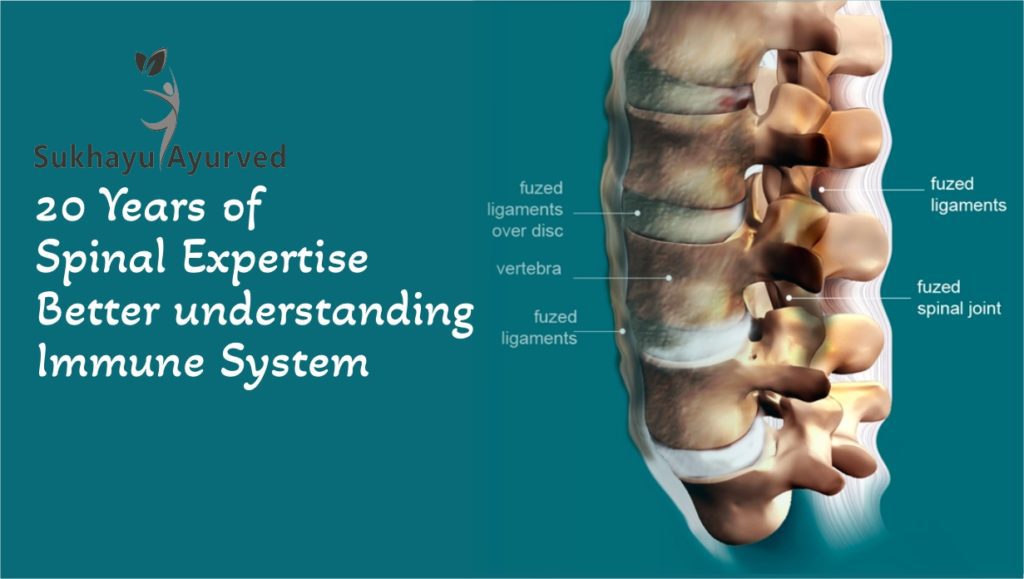
Now we know that this condition of AS is deep-rooted in the whole body therefore it is hard to eliminate from the body. At the same time, this condition of AS impacts the whole body, different parts.
Right from the skin to the deep inside the bone marrow, everything links and affects the AS. So this disease is of two types- external and internal.
As per Ayurveda Ankylosing spondylitis is something that relates to Vata Rakta. When we name a disease, it is not the same. But this doesn’t mean that this is a disease. Every disease and condition in Ayurveda relates to the “pathological process”. Which is common in a group of diseases is pathology. So when we look at Ayurveda, this is something that relates to the pathology.
Ayurveda explains the whole pathological process in detail and that is the reason considers any disease beyond joint pain and some stiffness. This helps Ayurveda to offer treatment of ankylosing spondylitis, properly.
Ankylosing Spondylitis is not just an inflammatory disease, but also includes non-inflammatory components, which might explain why it has such different effects on patients than other inflammatory rheumatic diseases like rheumatoid arthritis (RA).
AS is primarily known for its effect on the spine. Patients typically present with spinal stiffness and inflammation in the sacroiliac joints and low back, after which it gradually spreads to the rest of the spine. It is thought that early treatment with anti-TNFs can prevent this from occurring.
Ankylosing spondylitis: beyond joints
Pain in the back due to – spondyloarthropathy or sacroiliitis or fusion of the joints. Most people think that the condition of AS is just like arthritis alone.
Not true.
This is something beyond the joints.
This might be psoriasis or even the complicated situation of ulcerative colitis. When it comes to the ayurvedic treatment of ankylosing spondylitis we need to understand the spread of the disease across dhatus and need to correct this.
The correction should be done on the physiological level by correcting the pathology.
When we can help the body to correct the pathology and turn the pathology into physiology, it becomes easy to manage things in an easier way.
The HLA B27 gene is something that gives an environment for the doshas to flare up. Once aggravated, these doshas start polluting the Dhatus and spread the condition to all levels.
We cannot change the genes, but we can “revert” the environment which causes all the problems with the body.
Pathological Understanding of Ankylosing Spondylitis
Doshas when aggravated due to some reason, can cause any disease. AS is also like this.
These are two doshas which cause all these problems. As we have discussed the aggravated doshas play multiple roles in ankylosing spondylitis.
This is Kapha which hardens due to the aggravated Vata and Pitta and leads to the fusion of the bones which limits the movements.
The Kapha blocks the passage of normal channels and this blockage traps the Vata Dosha inside. This trapped Vata is destructive. Therefore weakens the bones and joints.
The researchers also noted that the average time between first symptoms of AS and development of arthritis was eight years, compared to more than 10 years for SpA (Spondyloarthritis).
This has led scientists to rethink the traditional model of AS as a disease that initially targets the spinal joints only.
Progressing with understanding AS
The new thinking is that patients with AS already have subclinical inflammation in their spine at diagnosis; this causes early wear on the joint surfaces, causing them to grow together over time (ankylosis).
This may explain why patients often develop joint pain after long periods without symptoms; it means that they haven’t been diagnosed until several years into the condition, by which point serious damage has already occurred. It may also be part of why AS seems to be growing more common.
Pathological Expression of Ankylosing Spondylitis as per Ayurveda
वायुर्विवृद्धो वृद्धेन रक्तेनावारितः पथि || कृत्स्नं सन्दूषयेद्रक्तं
The blockage in the passage of the Vata Dosha leads to the destruction of the joints and bones. So this is completely clear that this condition is something where we need to balance the doshas and need to open the passage for Vayu, so that the coming danger of joint destruction can be avoided. The same is the base of Ayurvedic treatment for Ankylosing spondylitis.
What is HLAB27, the gene behind Ankylosing Spondylitis?
HLA B27 is a genetic marker that can be tested to help with diagnostics. It’s very common among patients with AS, but it’s also present in around 8-10% of people without symptoms of any kind. This means that there are probably other factors (besides HLA B27) at work triggering AS.
Researchers think that it may have something to do with a patient’s microbiome – the collection of bacteria and viruses living inside a patient’s body – which triggers an overactive immune response.
Can someone have AS without HLAB27?
This finding offers new hope to many people with AS, particularly teenagers who are often misdiagnosed with juvenile idiopathic arthritis (JIA) or other types of SpA.
The problem is that once diagnosed with JIA, patients tend to get treated for RA because it’s the most common treatment option.
But if these individuals actually have AS, they may never find out until it degenerates so far it requires surgery in order to keep the SIJ from fusing together.
What does Ankylosing Spondylitis look like- Symptoms
The symptoms of AS vary widely among patients, but they usually include back pain and stiffness in the low back followed by inflammation in the sacroiliac joints (SIJ). The symptoms may spread to other areas like hips or shoulders, but unlike Rheumatoid Arthritis it often leaves knees unaffected.
Early on most patients will experience morning stiffness for at least 30 min, which gradually reduces through daily activity. Joint pains are common in the early stages of disease development.
Clear symptoms make diagnosis relatively easy when looking at a patient’s history or symptoms during examinations.
Symptoms of Ankylosing Spondylitis
Ankylosing spondylitis has a wide range of symptoms. The most typical symptom is mild to severe inflammation flairs that are followed by a stretch of time when there are no symptoms. In the morning, he/she feels agony in the big joints, such as the shoulders and hips.
Other symptoms include:
- stiffness in the morning
- Shoulders that are hunched forward
- Bad posture
- Weight loss
- Soreness and Weariness
- Feeling tired for the whole day
- Low hemoglobin levels
- Feeling feverish for the whole day but the temperature remains normal.
- Problem with deep breathing
Ankylosing Spondylitis also includes the inflammation of other body parts. This is why the patient may also experience:
- Inflammation in the eyes.
- Ulcerative colitis or irritable bowel syndrome
- Problems with valves of the heart.
Ayurveda about Symptoms of Ankylosing Spondylitis
तस्य स्थानं करौ पादावङ्गुल्यः सर्वसन्धयः | कृत्वाऽऽदौ हस्तपादे तु मूलं देहे विधावति ||
Its main distribution areas are hands, feet, fingers, and all other joints. It initially establishes a root (initial involvement) in the hands and feet before moving throughout the body. Charaka describes further-
करोति दुःखं तेष्वेव तस्मात् प्रायेण सन्धिषु | भवन्ति वेदनास्तास्ता अत्यर्थं दुःसहा नृणाम् ||
It can cause pain in almost all joints later on and this pain is always severe.
Prodromal Symptoms of Ankylosing Spondylitis
Ayurveda talks about the Prodromal symptoms. The symptoms appear before the disease appears. These prodromal signs are listed in a Sanskrit verse-
स्वेदोऽत्यर्थं न वा कार्ष्ण्यं स्पर्शाज्ञत्वं क्षतेऽतिरुक् | सन्धिशैथिल्यमालस्यं सदनं पिडकोद्गमः ||१६||
जानुजङ्घोरुकट्यंसहस्तपादाङ्गसन्धिषु | निस्तोदः स्फुरणं भेदो गुरुत्वं सुप्तिरेव च ||१७||
कण्डूः सन्धिषु रुग्भूत्वा भूत्वा नश्यति चासकृत् | वैवर्ण्यं मण्डलोत्पत्तिर्वातासृक्पूर्वलक्षणम् ||१८||
Ayurveda talks about the following symptoms, which appear beforehand the exact process of the disease.
- Excessive or absence of perspiration,
- Blackishness of the body,
- Poor or lack of tactile sensation,
- High intensity of pain on trauma,
- Laxity of joints,
- Lassitude,
- Malaise,
- Appearance of boils,
- Feeling of heaviness,
- Numbness and itching in knee, thigh, waist, shoulder, hands, legs and other joints of the body,
- Appearance of pain in the joints and abatement
- Discoloration of body.
Symptoms when AS flare up completely
Once the disease is completely expressed this shows the following symptoms:
विशेषतः सिरायामशूलस्फुरणतोदनम् |शोथस्य कार्ष्ण्यं रौक्ष्यं च श्यावतावृद्धिहानयः ||
धमन्यङ्गुलिसन्धीनां सङ्कोचोऽङ्गग्रहोऽतिरुक् | कुञ्चनस्तम्भने शीतप्रद्वेषश्चानिलेऽधिके ||
श्वयथुर्भृशरुक् तोदस्ताम्रश्चिमिचिमायते | स्निग्धरूक्षैः शमं नैति कण्डूक्लेदान्वितोऽसृजि ||
विदाहो वेदना मूर्च्छा स्वेदस्तृष्णा मदो भ्रमः | रागः पाकश्च भेदश्च शोषश्चोक्तानि पैत्तिके ||
स्तैमित्यं गौरवं स्नेहः सुप्तिर्मन्दा च रुक् कफे |
If Vata is predominant
- Sirayama (stretching sensation in sira or veins),
- Pain
- Fasciculation
- Pricking pain
- Swollen part becomes blackish
- Dry
- Increasing and decreasing grayish hue
- Constrictions of dhamani (arteries, ligaments) of fingers,
- Stiffness of body parts and intense pain
- Constriction
- Stiffness and hatred to cold by the patient.
If rakta is predominant, there is
- Swelling
- Severe pain of pricking nature
- Tingling sensation
- Colour of part of skin becomes coppery
- Not diminished by application of either unctuous or dry substances associated with itching and moistening over the part.
If pitta is predominant, there is
- Burning sensation over the part,
- Pain
- Fainting
- Perspiration
- Thirst
- Narcosis
- Giddiness
- Redness of the part affected
- Pain of tearing nature
- Inflammation and atrophy of the part.
If kapha is predominant there is
- Feeling of wetness of the skin,
- Heaviness,
- Unctuousness,
- Numbness and
- Mild pain.
This much clarity about the disease gives Ayurveda an upper hand for the treatment of ankylosing spondylitis.
What if Ankylosing Spondylitis is left untreated?
I have met many patients of AS who accept the disease as their destiny and they believe that nothing can avoid the complications of Ankylosing spondylitis.
It is not true. Ayurvedic treatment for ankylosing spondylitis can help you to get a new life. It not only avoids complications but also helps you to lead a normal life. So there is no point in losing hope.
And you should be aware that, if left untreated symptoms can become chronic and irreversible, causing severe damage to bones and ligaments resulting in surgery in nearly 50% of patients.
And that’s not all: Patients with AS are also at a higher risk of developing heart and lung disease and other rheumatic diseases like inflammatory bowel disease (IBD). This is referred to as the “systemic link” between these conditions, which – according to recent research – may be caused by the immune system getting overactive due to an unknown trigger such as bacteria or viruses.
In order for this study, researchers from 19 different universities surveyed individuals across the United States who had been diagnosed with AS between 1955-1984. They found that 60% of those patients developed arthritis after 10 years; 65% developed spondylitis after 15 yrs, and nearly 50% required spinal surgery within 20 years after first.
You can get rid of all these complications with Ayurvedic treatment for Ankylosing spondylitis.
But ignoring the treatment and not following proper treatment for AS, you can get invite the complications of Ankylosing spondylitis.
Complications of Ankylosing Spondylitis
Ankylosing spondylitis progresses as new bones are formed as the body attempts to heal itself. The new bones eventually join together to bridge the gap between the vertebrae. The spine’s mobility and stiffness increase regularly and restrictions in movements keep on increasing. Increased rib cage stiffness leads to an increase in lung capacity, but the fusion of adjacent vertebrae causes lung capacity to deteriorate.
Cardiac issues
Ankylosing spondylitis causes aortic inflammation. Aorta is the big duct responsible for carrying blood to the rest of the body.
The inflamed aorta grows to the point that it distorts the form of the aortic valve and inhibits its function. The aorta collapses as a result of the blood leaking back to the heart.
The heart is unable to function properly. As a consequence, the patient has trouble breathing and getting tired.
Compression fractures
Due to the impact of the AS on the bone marrow, the bones weaken. This adds to the weakness of the bones and makes the bones fragile. When some unwanted pressure comes on these bones- it might lead to the fracture of the bone too. The fractured vertebrae distort the posture of the patient but along with this can lead to neural damage. Because the fragments of a damaged bone can compress the nerves.
Uveitis or eye inflammation
The most frequent adverse effect of ankylosing spondylitis is uveitis, which is a condition in which the eyes are inflamed. It causes severe eye discomfort quickly. The eyes become light-sensitive and vision becomes blurred.
How is Ankylosing Spondylitis diagnosed?
Early diagnosis and treatment with anti-TNFs can help prevent cobbler’s spine and other irreversible spinal damage. Diagnosis is traditionally made according to the New York criteria, which state that AS patients should have
Absence of inflammatory back pain at rest (not better accounted for by another rheumatic disease such as RA or PsA) Presence of sacroiliitis on X-ray Significant improvement in back pain after 6 weeks, but still tenderness over the SI joints Low C-reactive protein (<10mg/ml) Improvement in morning stiffness within days Consistent response to NSAIDs or TNF blockers (in case of drug-tolerance, loss of efficacy, or need to increase the dosage)
What is Ankylosing Spondylitis Treatment?
When it comes to Treatment of Ankylosing Spondylitis and you visit some Rheumatologist, they follow protocol.
They keep on changing the medicines. They start with Sulfasalazine, touch hydro-chloroquine (HCQs) and finally they end up with some biologicals or antibodies for the treatment of AS.
But with treatment, nothing changes, seriously this is not a treatment.
You keep on taking medicines.
Your condition keeps on worsening and you just end up with “hunch” and “fused” joints.
The treatment of AS is based on reducing any pain caused by inflammation and preventing permanent damage to bones or ligaments. For mild cases of back, pain NSAIDS are usually sufficient for controlling symptoms. Patients who suffer from progressive spinal stiffness may benefit more from TNF alpha blockers which can delay fusion of the spine. It takes about three months before these drugs have an effect on symptoms so it’s recommended that you use them continuously until then. This also means that they have a low risk of causing side effects during this period, which makes them perfectly safe to use at high doses in order to suppress pain.
They never look at the pathology. Never ever the concept of autoimmunity is touched and you are just a patient. But things are different with Ayurveda. Ayurvedic treatment for Ankylosing Spondylitis helps you in treatment. Not just in the management of the pain.
10 things which you should avoid with Ankylosing Spondylitis
Ayurvedic Treatment for Ankylosing Spondylitis : Approach
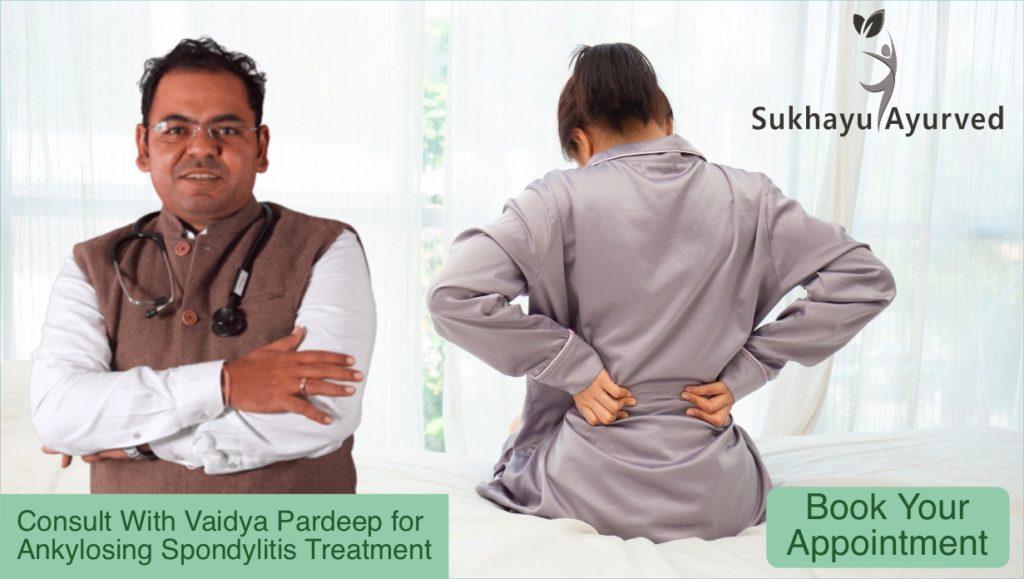
When it comes to Ayurveda.
The main thing is the approach.
In-depth knowledge of Ayurveda about the human body and treatment of diseases can help you better than any modern-day medical system.
Ayurveda works on principles and these all principles are helpful in Ayurvedic treatment. As we have discussed above Doshas/Dhatus involved in the process of the disease and pathology of the disease.
All this needs to be applied in a proper manner for Ankylosing spondylitis treatment in Ayurveda.
There are funny people around and they are more in Ayurveda. Because for most people Ayurveda is not science. They believe, they can say something. I have come across some genius people who claim to help HLA B27 negative (they can modify the genes).
Here the first thing to understand is the main steps of the treatment. These involve-
- Correction of Agni
- Removal of Deep Seated Toxins
- Bringing back the flexibility of the joints.
- Healing the cartilages
Correction of Agni: Treating Ankylosing Spondylitis from root
We discussed doshas in detail, above. But we are yet to discuss the reason behind the aggravation of the doshas. There can be many things that can aggravate the doshas. The one, most important among these is- Agni.
Agni is a skill of the human body. Skill to analyze things. The differentiation between friend and enemy is always analyzed and done by Agni.
There are three different states of Agni, which lead to the aggravation of different doshas.
When Agni is irregular (Vishma) it leads to – built up of Vata dosha.
Strong Agni leads to Pitta Dosha and Manda/Weak or weaned Agni causes accumulation of Kapha.
So before targeting the Doshas we need to target the cause behind the Doshas so that there won’t be any “new-accumulation” of the doshas in the body and we can go ahead towards Ayurvedic treatment of Ankylosing spondylitis.
This step can be achieved through the best Ayurvedic medicines, but Panchakarma helps faster because through intensive Panchakarma care we can improve the bioavailability of the medicines. Once done properly, this helps in ankylosing spondylitis treatment of Ayurveda properly.
Removal of Deep Seated Toxins
Once you stop production of the new toxins we need to remove the deep-seated toxins from the body. Because without this we cannot change the internal environment of the body.
On one hand, Classical Panchakarma will help you to correct the Agni and this is something that will help flush the deep-seated cellular toxins from the body.
When you cleanse the body, you can correct the internal environment. This is the way through which can help the body to stop the expression of the genes.
You cannot delete-change the genes. But you can avoid the expression of the gene in the process of saving the joints and other systems of the body.
Bringing back the flexibility of the joints
Once you assure the production of the toxins and remove everything bad from the body.
The next task is to repair the damage.
You need to repair the joints the damage which already took place should be corrected. This is the main thing that brings back the movement to a patient with Ankylosing spondylitis. For Ayurvedic treatment for Ankylosing spondylitis this step we do this with high-quality medicines which are designed and developed over a period of time.
Ayurvedic treatment is not about “killing” the sensation of pain. This is all about correction.
This correction needs time because this is like a process.
Healing the cartilages
The cartilages damaged by this disease need to be replenished. This is the final step of the Ankylosis treatment in Ayurveda.
This happens because of the regular damage to the cartilages and bones.
This is the journey and end process for the successful ayurvedic treatment of AS.
Process for Ayurvedic Treatment for Ankylosing Spondylitis
Ayurveda Treatment cannot happen in one go.
And there cannot be a single ayurvedic medicine for Ankylosing spondylitis. Because there are always multiple dimensions of the disease. The disease neither starts in one dimension nor ends in the same dimension. This is the reason you cannot solve the whole problem with one medicine.
I never vouch for the same medicine for all the conditions. Because everyone has a different body, different causes, and different progression of the disease. So you need a proper line of Ayurvedic treatment for Ankylosing spondylitis.
Therefore, I always tell every patient to consult online for ankylosing spondylitis. Because without knowing all the details, nobody should answer your queries. In early cases, alone medicines can help, but in most the cases
Ayurvedic Medicines for Ankylosing Spondylitis
The main thing with ayurvedic medicines is to help the body to correct things internally, which we have discussed above.
You can start the medicines after the online consultation with Vaidya Pardeep. But the medicines alone cannot help you all through. The main concept is a correction.
We don’t have pain killers in Ayurveda so don’t opt for Ayurveda treatment of Ankylosing spondylitis.
Panchakarma for Ankylosing Spondylitis
For Ayurvedic treatment for Ankylosing Spondylitis, Panchakarma is a basic tool that can help you to get rid of the problem.
You need to admit to Sukhayu Ayurved for 16 days in the start, the first sitting.
In severe cases, multiple sitting might be the requirement. But not in every case.
Panchakarma is the thing that can make sure to challenge the “Autoimmunity“.
Diet Regulations for Ankylosing Spondylitis
Without “restrictions” Ayurvedic treatment is not possible, but not in reality.
While offering the treatment I believe that you should lead towards a normal life. And normal life doesn’t mean to do something full of restrictions. You don’t need much change. You just need to re-arrange things for your betterment.
If leaving one or two things can save your body and can help you to recover completely, then it surely makes sense. The same “sense” is Ayurveda.
So we need to follow the process with complete scientific understanding.
In this process, every patient has many queries and questions. It might not be possible to answer all of the FAQs on the same page but I am trying to answer a few of these. You can consult me online for all your queries and understanding about the case.
FAQs about Ayurvedic Treatment for Ankylosing Spondylitis
So here we go for the queries you might have in your mind. And if I miss some, don’t hesitate to click on the WhatsApp button below to reach out to me for your queries. I might take time to respond to your query but I will personally try to answer all of you.
What can I expect from Ayurvedic treatment for Ankylosing Spondylitis?
Ayurveda is about recovery.
Not about “pain management”.
Patience is required and this patience turns into results.
In the first two months, most of the patients:
- Get rid of the pain in joints.
- Morning stiffness ends.
- Your movement starts getting better.
And in long run, you improve every day with Ayurvedic treatment of ankylosing spondylitis. No looking back.
Can Ayurveda help with negative HLA B27?
When you cannot replace or change something- ADJUST with this.
We say it scientifically- epigenetics!!
Your genes play a significant role in your health, but so do your behaviors and environment, such as what you eat and how physically active you are. Epigenetics is the study of how your actions and environment influence gene expression.
Epigenetic changes, unlike genetic modifications, are reversible and do not alter your DNA sequence; however, they may affect how your body reads a DNA sequence.
So, Ankylosing spondylitis treatment in Ayurveda can help you bring back life to you.
So book your appointment for a consultation so that we can guide you better




